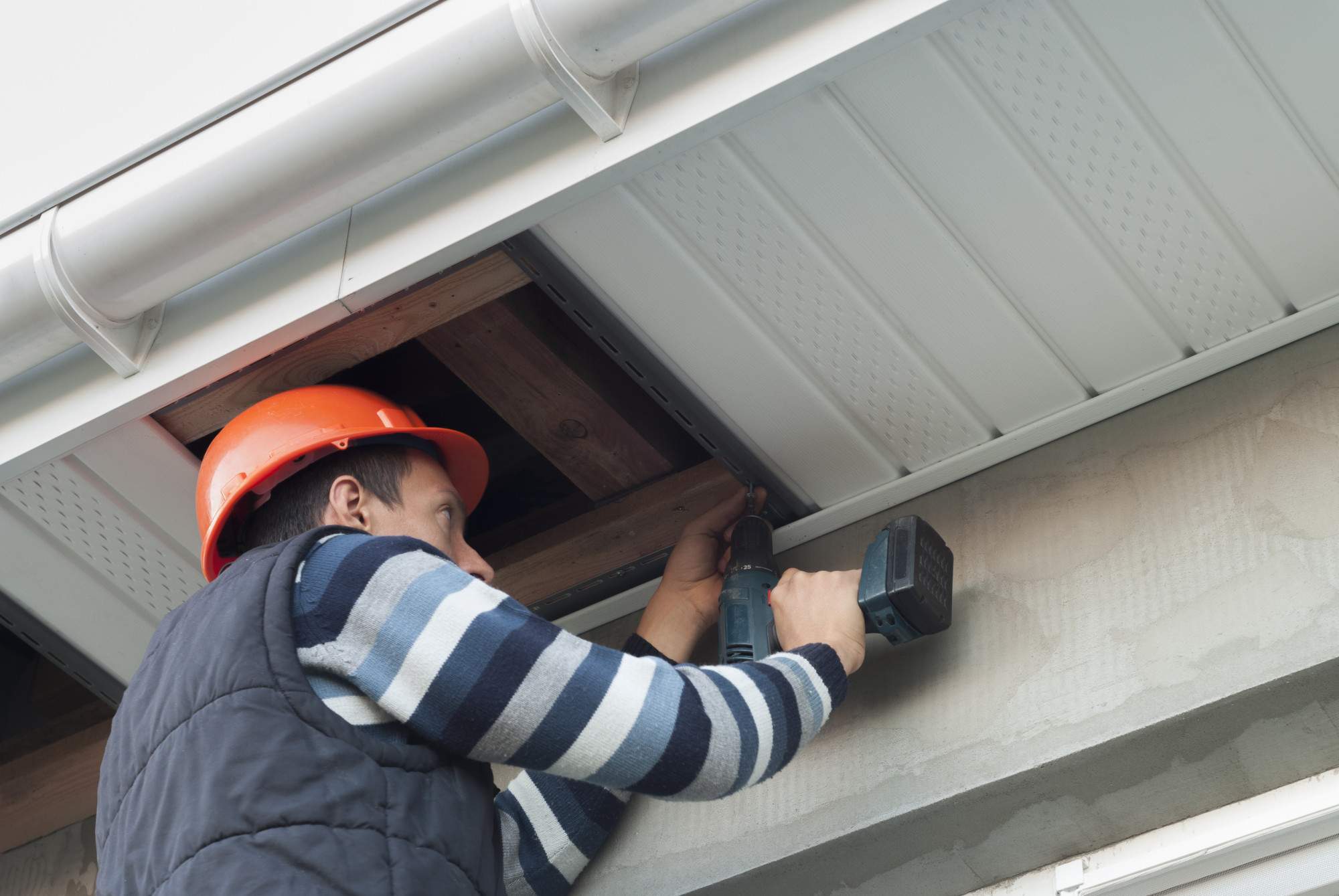
Soffit and Fascia: Understanding Their Importance to Your Roof
Do you know what a soffit is? How about a fascia?
Not many people are familiar with these terms, but they play crucial roles in protecting your home. Perhaps the first time you hear of the soffit and fascia is when the contractor points to these elements as the reason for roof damage. But if you’re like most homeowners, you probably wouldn’t know what they are, what they’re for, or where they’re located.
It’s unfortunate that these roof components are some of the most neglected areas on the home’s exterior despite their importance.
As a homeowner, understanding the roles of each roof component is essential to identifying potential issues down the road. Keep reading below to know more about the fascia and soffit and how they contribute to your home’s protection and aesthetics.
Soffit and Fascia: What Are They?
By necessity, roofs often extend over the sides of the home. The roof area sticking out past the walls is known as the overhang or the eaves.
The soffit is the exposed section underneath the roof’s eaves. As under roof siding, it provides cover to the roof’s rafters from beneath. The finish material can be wood, vinyl, fiber cement, or aluminum.
On the other hand, the fascia is the long, straight, vertical board that runs along the roof’s lower edge. It closes the open space between the edge of the overhang and the soffit. It’s the exposed siding just above the soffit and can be made from wood, UPVC, PVC, or composite wood.
Why Soffit Is Important
Without a soffit, your home will look sloppy and incomplete. Anyone who gets close to your home will be able to see the exposed rafters. The soffit improves your home’s curb appeal, giving it a neat, finished look when installed.
The soffit also protects the rafters from exposure to the elements like rain or snow. As you know, moisture and wood are a terrible match. Without the soffit, the rafters are more likely to rot and compromise the roof stability.
One of the defining features of the soffit is the presence of small holes that allow air to flow through. The air vents help release heat during the hot summer months and prevent heat from deforming the shingles. They also prevent the build-up of humidity in the attic, which can lead to mold, mildew, and wood rot.
Why Fascia Is Important
While you can only see the soffit when you’re close to the house, the fascia is visible to everyone. The fascia needs to look great to maximize your home’s curb appeal.
The fascia board also supports and stabilizes your gutters. That’s why the material must be able to do well against water and resist shrinking or swelling.
Both the fascia and soffit serve the role of closing off access to birds, insects, and other critters. These creatures can wreak havoc by being disease vectors, chewing on the wiring, or defecating all over the place.
Now You Know!
Soffit and fascia are two of the most critical components of your roofing system. Now that you understand their roles and functions, you can appreciate what they do to protect your home. After reading this article, we hope that you’ll start giving them the attention they deserve and keep them well-maintained.
For more home improvement tips, please feel free to browse our site.















